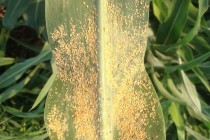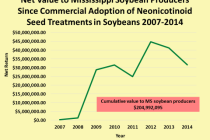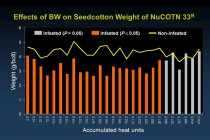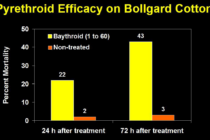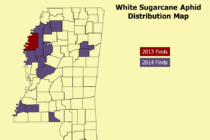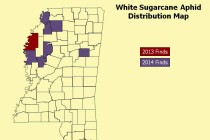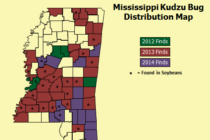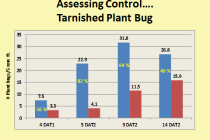Best Management Practices for Tarnished Plant Bug
The tarnished plant bug is the most important insect pest of cotton in the Mississippi Delta. Management with insecticides has become difficult in recent years and more tools are needed to economically manage this pest. Although it is early March and we are getting pair of unusual winter storms in the Delta, it is not too early to start making a plan for managing tarnished plant bugs in cotton. We have done a lot of research over the last several years with the goal of making tarnished plant bug management more economical for producers without sacrificing yield. See the attached document for more details on the best management practices listed below.

